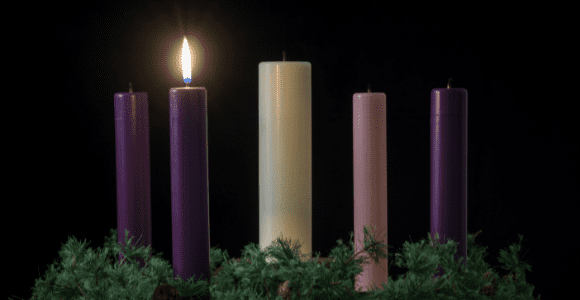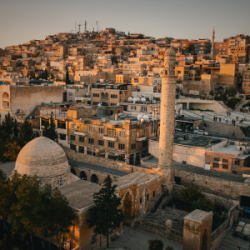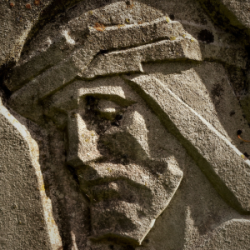Welcome readers! Please subscribe through the button on the right.
(Read this series from its beginning here.)

What is the overall narrative theme here? World empires that oppressed the Jewish people are likened to violent beasts of prey who dominate and destroy. The scene has tension from the beginning: the first beast-empire is both beast or monster and human. From there, the text speaks of a divine intervention where each empire meets the end of its unsustainable exploitation and is consumed. Then we meet a fifth being, not a beast but a human or human-like one. This being is “one like the son of humanity,” a person who replaces all the empires of this world and represents both the Jewish people’s triumph over their oppressors and a just future where all the violence, injustice, and oppression of our world is put right. This very apocalyptic narrative therefore repeats the Hebrew prophetic hope of God’s just future in our world. Consider how the narrative in Daniel 7 ends:
“But the court will sit, and his [human one] power will be taken away and completely destroyed forever. Then the sovereignty, power and greatness of all the kingdoms under heaven will be handed over to the holy people of the Most High. His [the son of man’s] kingdom will be an everlasting kingdom, and all rulers will worship and obey him.’ (Daniel 7:26)
Following this model, a Hebrew way of interpreting the end of violent empires and the chaos such transitions create is that they could be the end of something beastly making way for the creation of a more humane world.
The fact that beasts and humans symbolize the contrast between societies that are destructive and those that are life-giving brings to mind the words of Dr. Martin Luther King, Jr. regarding power, love, and justice.
“What is needed is a realization that power without love is reckless and abusive and that love without power is sentimental and anemic. Power at its best is love implementing the demands of justice. Justice at its best is love correcting everything that stands against love.” (Martin Luther King Jr., Where Do We Go from Here, p. 38)
The son of man is not the only image borrowed from the Hebrew scriptures in this week’s reading: it also includes the fig tree. We’ll consider this next.
(Read Part 3)













